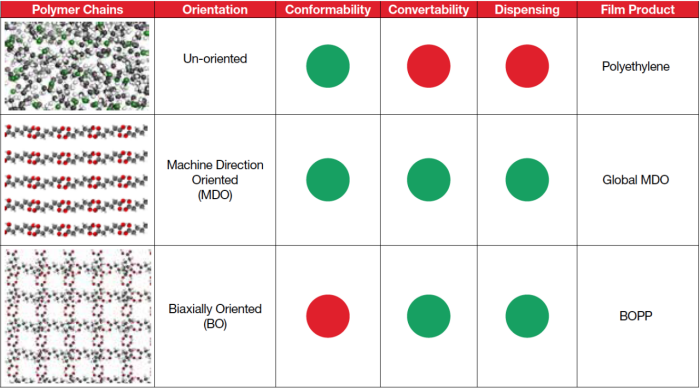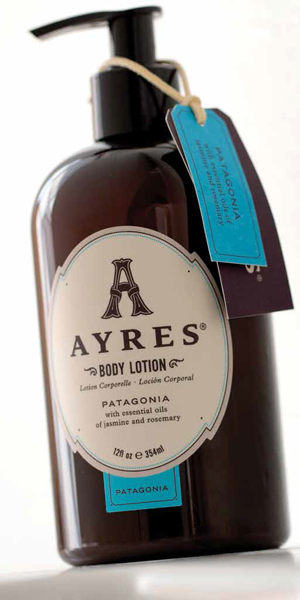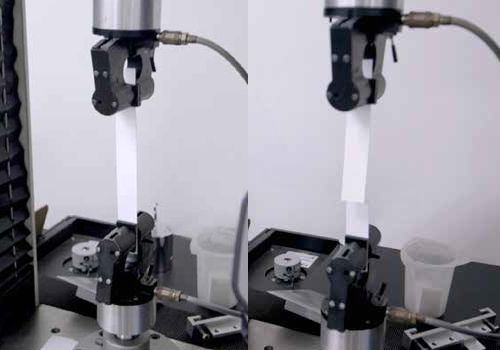THE BOTTOM LINE:
Products with Prime Film labels generate greater shelf appeal with lower total applied cost, lower production input cost, lower waste and lower risk of lost run time.
PRIME FILM SELECTION
Facestocks
Choosing the Right Film Facestock
It’s just not as simple as white or clear. When choosing a film facestock for a pressure sensitive label application, every aspect of the labeling process can impact performance. Understanding the facestock material, thickness and conformability is one way today’s converters make sure their jobs run smoothly.
Film Material: Is it PP, PE or MDO?
These choices can significantly impact label aesthetics as well as performance. Over time, certain films have evolved as “the film of choice” for particular performance requirements.
For example:
- Polypropylene (PP) is one of the most rigid film materials and is frequently used in beer and beverage applications where high clarity is needed.
- Polyethylene (PE) is another common film type often used in applications like tubes where conformability or squeeze is a performance requirement.
- Machine Direction Oriented (MDO) is a blend of PE/PP combined with Avery Dennison’s purpose-built machine direction oriented manufacturing to create semi conformable and fully conformable products that offer a balance of the properties found in PP and PE films.
Film Thickness
The “stiffness” of a film, especially critical in the dispensing/ application environment, is directly related to the thickness of the film. In general, the thicker the film the stiffer the film. In fact, the stiffness of a film is affected exponentially by changes in thickness! Sound technical? It is. But we’ve broken down the math to show the significance of this relationship. This is important to understand because there is a trend toward thinner materials, but this can impact performance and should be considered when choosing the right product for an application.
|
Darting or wrinkling of a label are common defects that occur in applications when adjustments are required or when the right material is not chosen for a substrate or application. If a label is too thin and not stiff enough, or the container is more complex and requires conformability, selecting films with a balance of properties can help decrease the likelihood of defects or poor aesthetics
|
AVY Insight:
|
|---|
With as little a reduction in film thickness as 2.6 to 2.4 the film stiffness is reduced by 10% and when the film thickness decreases from 2.0 to 1.6 the film stiffness is reduced by 71%!
|
2.6 Mil White BOPP
- Stiffness: Machine Direction 50mN
|
2.0 Mil White BOPP
- Stiffness: Machine Direction 45mN
|
2.4 Mil White BOPP
- Stiffness: Machine Direction 45mN
|
1.6 Mil Clear BOPP
- Stiffness: Machine Direction 13mN
|
Film Stretch
When films are stretched, or “oriented,” during manufacturing, their polymer chains are aligned and different performance characteristics are created.
- Unoriented films (unstretched) — like PE — are soft and very conformable, but can be challenging when converted and dispensed.
- Machine direction oriented (MDO) films offer a balance of properties, with excellent conformability, convertibility and dispensability. All of our fully and semi conformable films are MDO films.
- Biaxially oriented films — such as BOPP — are stretched in both the machine direction and the cross direction, making them quite rigid. They offer excellent convertibility and dispensability. The orientation of the film helps determine its conformability, convertability and dispensing performance. Film Face stock: Polymer Orientatio













